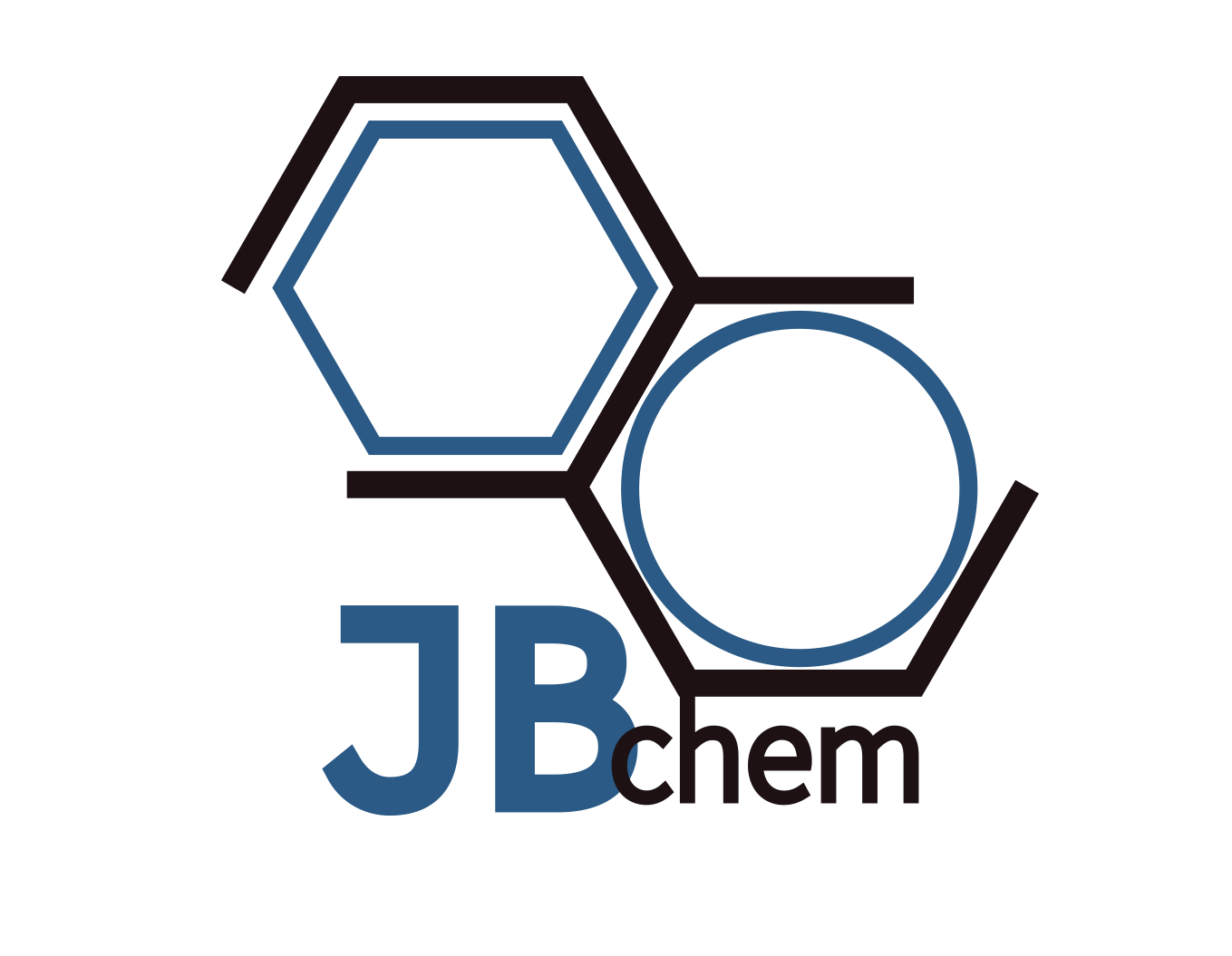Product Properties
Tungsten Silicide (WSi2) Micronpowder Main Feature
WSi2 maintains its structural integrity at high temperatures, making it suitable for applications that operate under extreme heat. Despite being a ceramic, tungsten silicide exhibits good electrical conductivity, which is beneficial for its use in semiconductor devices and microelectronics.With a melting point of approximately 2160°C, WSi2 can withstand very high temperatures without melting, making it ideal for use in high-temperature processing environments.It exhibits remarkable resistance to oxidation at high temperatures, protecting components from degradation in oxidative environments.The material has a relatively low coefficient of thermal expansion, which helps in maintaining dimensional stability under temperature variations.WSi2 is chemically stable and does not easily react with most acids and bases, making it suitable for use in chemically aggressive environments.
Tungsten Silicide (WSi2) Micronpowder Applications
- Gate Material in Microelectronics: WSi2 is used as a gate material in MOSFETs (Metal-Oxide-Semiconductor Field-Effect Transistors) due to its good electrical conductivity and high melting point.
- Schottky Barrier Diodes: Its ability to form Schottky barriers with silicon makes it suitable for creating Schottky diodes, which are essential for high-speed switching applications.
- Thin Film Resistors: The material’s resistance properties are exploited in the fabrication of thin-film resistors within integrated circuits.
- Interconnects: WSi2 serves as a material for electrical interconnects in integrated circuits, providing a pathway for electrical signals between components on a chip. Its compatibility with silicon processing technologies makes it a preferred choice.
- Contact Material: It is used as a contact material between silicon and metal layers, ensuring reliable electrical connections in semiconductor devices.
- Protective Coatings: The high thermal stability and oxidation resistance of WSi2 make it an excellent choice for coatings on components exposed to high temperatures, protecting them from oxidation and degradation.
- Heating Elements: Its high melting point and electrical conductivity allow it to be used in heating elements for high-temperature furnaces.

